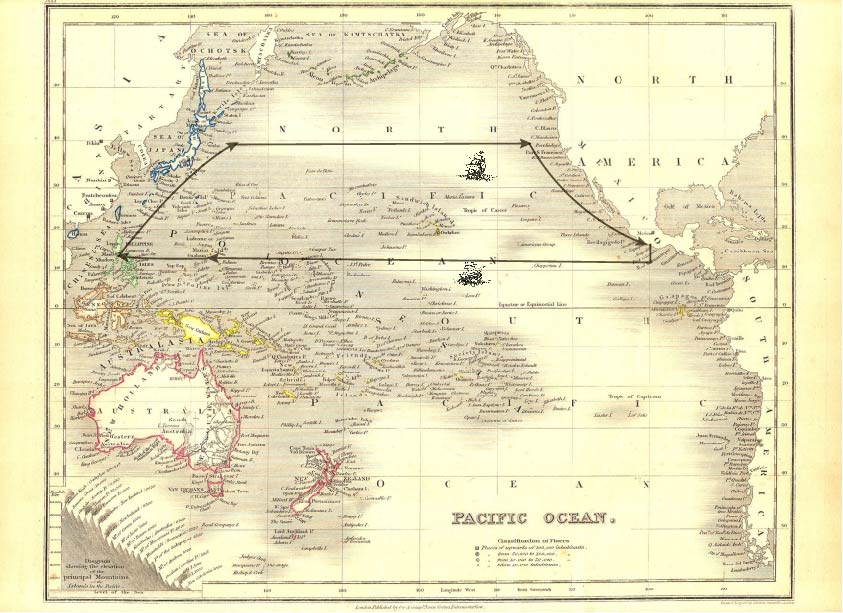

A survey and diving team, using a sea-going catamaran and some of the most advanced underwater sensor technology to detect metal, magnetic and unusually bulky objects on and beneath the seabed, has started what they hope will be the final phase of the search for the elusive heart of the wreck. Still, enough progress has been made to persuade a new group of mainly Australian investors to commit at least $500,000 to the project. But lack of money and a lengthy, unsuccessful court challenge to the contract delayed the survey work. Pilar Project Ltd., the company formed in Guam to find and salvage the sunken galleon, has an exclusive contract with the Guam government, which is entitled to 25 percent of any salvage proceeds. Diving can be carried out only from May to August because of the risk of typhoons and rough seas during the rest of the year. These include the ship's equipment, the personal effects of passengers and crew, and the customary smuggled valuables hidden aboard." Experts estimate that if, indeed, the Pilar carried 2 million pieces of eight, they would be worth about $1 billionīut finding the main body of the Pilar wreck has proved to be a slow and frustrating business since the underwater search began in 1991. In addition to her registered cargo, the historical and archaeological value of the balance of her unsalvaged contents is incalculable. "This means that there are between 750,000 and 2 million silver coins incorporated within the Pilar's wrecksite. "There is little doubt that her registered silver cargo, when she sailed from Acapulco in early 1690, totaled at least 500,000 pesos, and probably exceeded 1 million pesos," he said. The crew of 120, and the 43 soldiers and 22 Franciscan missionaries traveling as passengers, were all saved.
#Galleon cargo archive
Masters in the Indias archive said that the 300-ton Pilar foundered so quickly that only 5,000 pesos' worth of silver coins could salvaged.

Those that disappeared were either wrecked or lost at sea somewhere in the vast Pacific. So pervasive was Spanish influence in East Asia, that for 200 years the silver piece of eight and its smaller denominations, the kind of coinage believed to be carried on the Pilar, was the standard currency for trading on the Chinese coast.īut of the many galleons that set out from either Acapulco or Manila, more than 40 reportedly failed to arrive at their destination. Based on its control of large silver and gold deposits in the Americas, Spain became a superpower on a scale not seen since the Romans. Much of the treasure was taken overland from Acapulco to the east coast of Central America for shipment in galleons to Spain across the Atlantic.

These prized goods were then taken by the galleons from Manila northeast toward Japan before turning east into the trade winds that carried them to the coast of California and back to Acapulco. The silver was exchanged there for porcelain, jade and jewelry from China, silk and works of art from Japan, precious stones from India and spices from Southeast Asia. Manila was the hub of Spanish trade with Asia. For 250 years - from 1565, the year after Spain began its colonization of the Philippines, until 1815 - Spanish galleons laden with silver coins minted from mines in Mexico, Peru and Bolivia crossed the Pacific Ocean from the Mexican port of Acapulco to Manila, calling at Guam for fresh water.


 0 kommentar(er)
0 kommentar(er)
